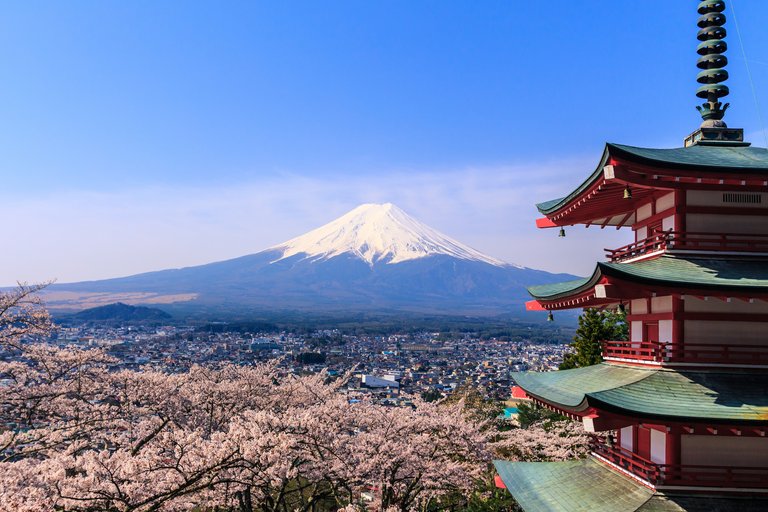
As public heritage, historical property of society is mostly valued for its bequest value, which guarantees the cultural enjoyment of future generations. However, the preservation of public heritage seems quite distant to individuals, despite of our enjoyment from it. For the reason that it’s the public trust of the society, not merely the issue of a museum or a family, shouldn’t it get more attention from the society or the government? How to portion their role in cultural heritage protection?
Cultural heritage protection change in Japan could be a concentrated epitome of many other capitalist countries. Going through some big economic and social changes for its unusual rapid development in the past century, Japan’s cultural properties protection system is going through devolution and democratization. Especially in the 21st century when social conditions change (aging and depopulation problems, 2011 Tohoku earthquake) and ensuing economic crisis, the responsibility of cultural heritage protection, though still mostly rests on the national government, start devolution to local governments and residents.
At the beginning of the protection system the national government designated cultural properties of national significance, while cultural properties of local importance are designated and protected by local governments. Gradually, local governments and residents of the community came to play more important roles in deciding what to be classified as national assets and how to protect them.
The cultural properties protection system has evolved from a top-down system to a more flexible bottom-up system with consideration of local demands. This clearly indicates that cultural properties are more closely integrated with local daily life, and cultural properties of local importance will be integrated more into the overall protection system. Of course, these changes depend largely on government’s support on cultural community building and individual’s awareness of culture importance.
As cultural properties have become more integrated into local development, various stakeholders with different interests have emerged and become involved in the protection of cultural properties. The cultural properties protection system needs closer cooperation with other policy areas such as tourism, industries, local development, as well as more effective coordination among governments and private entities.
Reference:
Kakiuchi, Emiko. “Cultural Heritage Protection System in Japan: Current Issues and Prospects for the Future.” IDEAS Working Paper Series from RePEc, 2014, pp. IDEAS Working Paper Series from RePEc, 2014.
100% of the SBD rewards from this #explore1918 post will support the Philadelphia History Initiative @phillyhistory. This crypto-experiment conducted by graduate courses at Temple University's Center for Public History and MLA Program, is exploring history and empowering education. Click here to learn more.
I like this post!
It would be interesting to look at a comparison of government support for heritage preservation in different countries and the reasons why they vary so much.